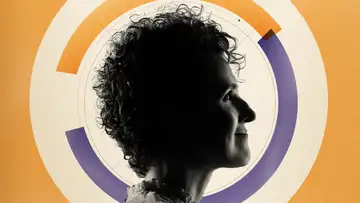Social Networking and CrisisTop of Mind with Julie Rose • Season 1, Episode 16, Segment 4
Mar 2, 2015 • 14m
(51:57)
Guest: Lewis Borck, PhD. Candidate in Anthropology at the University of Arizona
A Pew Research study done in 2010 said that a little more than four-in-ten American adults know most or all of their neighbors. Maybe we just don’t feel the need to be as connected to those who live near us. Or maybe it’s the fault of Facebook and Instagram, making us feel connected online, while being isolated in the real world. Whatever the reason, researchers at the University of Arizona say you might want to focus a little more on building connections with your neighbors. Pottery unearthed in the American southwest show the bigger your social circle, the better you’re equipped to handle a crisis like a natural disaster.
“We can actually watch large groups of multiple villages and multiple cities and how they are coming together and how they treat their neighbors and persist or survive in a difficult time. You are more likely to survive in a crisis if you are socially connected to people in your area,” says Brock.